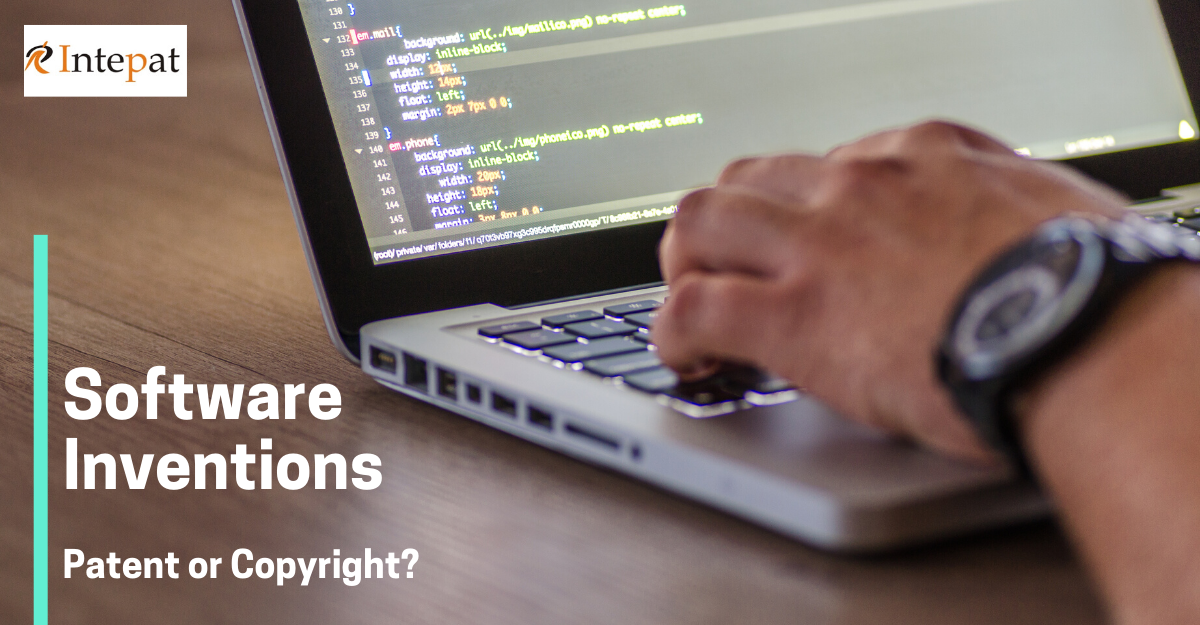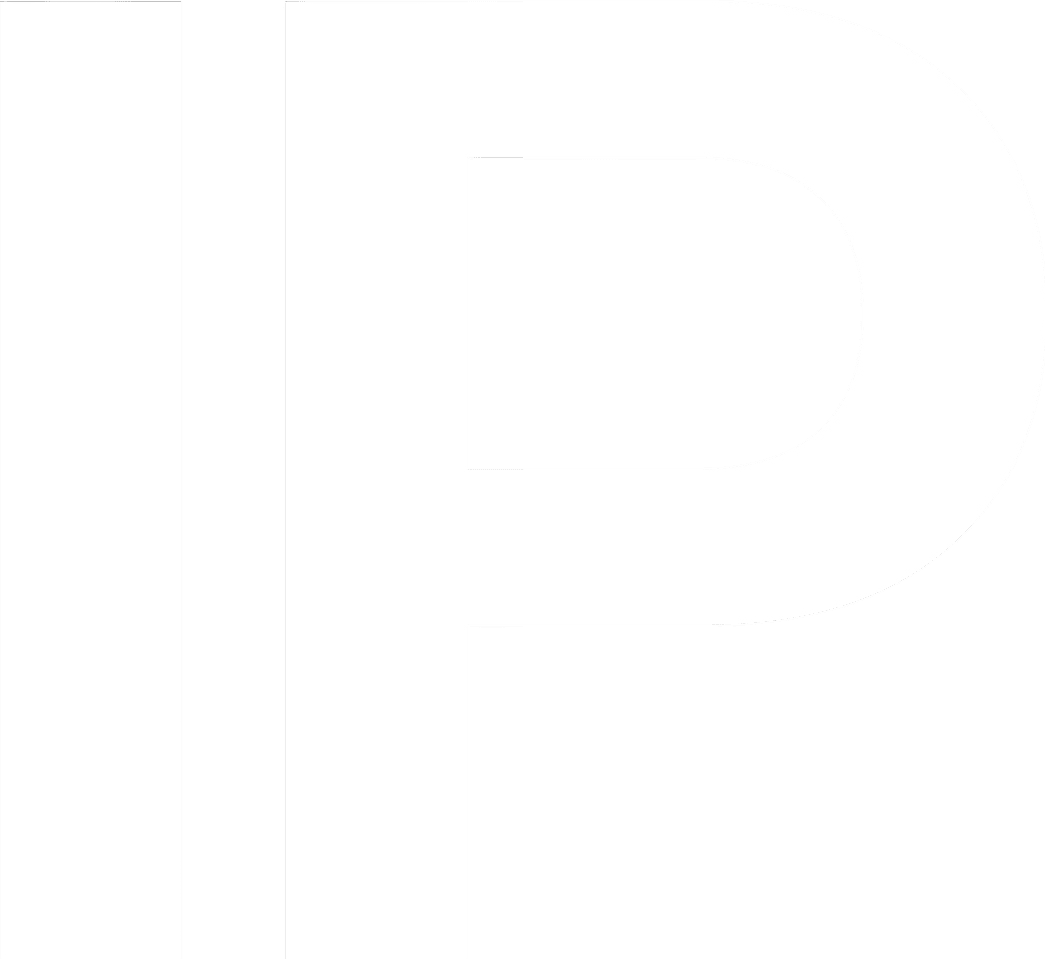
Software inventions:
In simple terms, software refers to instructions enabling a computer to perform specific tasks. Software is in the form of source code and object code. The source code is in a human-readable programming language, and the object code is in a machine language. Developing software involves a great deal of skill, time, and effort on the programmer’s part. Therefore, it is essential to protect this software with the most suitable IP protection. The tussle here is between copyright and patent protection for software inventions.
Copyright Act, 1957
Section 2(ffc) defines a “computer programme” as “a set of instructions expressed in words, codes, schemes or in any other form, including a machine-readable medium, capable of causing a computer to perform a particular task or achieve a particular result.” Section 2(o) includes “computer programmes, tables, and compilations including computer databases” in the definition of “literary works.” By a combined reading of these provisions, the Copyright Act protects software or computer programmes as “Software work” under “Literary works.”
Patents Act, 1970
Section 3(k) of the Indian Patents Act states that “a mathematical or business method or a computer programme per se or algorithms” are not inventions and, therefore, not patentable.
However, the software may be patentable in certain extraordinary circumstances where the software fulfills all the patentability criteria. Patents are granted where the software meets the requirements of novelty, inventive step, and industrial applicability and has a technical effect and interacts with some tangible element.
Pros and Cons of Patent Protection
The main advantage of obtaining patent protection is that it offers protection for the idea of the software itself and, therefore, allows increased economic exploitation. The protection of a mere idea is not provided for by copyright. Various profitable avenues, like licensing fees and royalties, will be available to the patentee. Software patents also improve the bargaining capacity of the company that holds the patent. However, there are specific cons, as well.
Firstly, software patents are not easily granted. The patent examiner strictly examines the software patent, which may not meet the patentability criteria. Secondly, the software is subjected to constant innovation and changes. Due to this, older versions of the software that have received a patent will become outdated when the latest version is released. This is especially problematic as patents are expensive to maintain. Keeping this in mind, let’s take a look at copyright protection.
Pros and Cons of Copyright Protection
The main advantage of copyright is that obtaining copyright registration is relatively simple. Further, copyright is created automatically when the software comes into existence. Secondly, in India, both the old and new versions of the software are protected by a copyright application. Per Rule 70(5) of the Copyright Rules, the applicant must submit the source and object codes. However, they need not be the completed versions. Lastly, the term of a copyright is much longer (lifetime plus 60 years) than a patent (20 years).
The main problem with copyright protection is that only the expression of an idea is protected and not the idea itself. Therefore, when it comes to software, only the written code of the software in source code or object code format is protected, and any third party can replicate the functional features of the software. Any third party can express the idea by developing his software.
The scenario in the USPTO
The USPTO has been hesitant to grant software patent protection. The USPTO and the federal courts have considered many software inventions “abstract ideas.” Abstract ideas are not eligible for patent protection. Since this recognition of “abstract ideas,” the allowance rate of the USPTO in granting software patents has gone down from about a 50% allowance rate to about a 10% allowance rate. In the US, copyright protection is given to software recognized as a “literary work” under the Copyright Act, 17 USC. § 101. Copyright protects the structure, sequence, and organization of a software program.
The scenario in the EPO
Article 52(2)(c) of the European Patent Convention does not consider software programs to be patentable subject matter. Specifically, the EPC assesses that “schemes, rules, and methods for performing mental acts, playing games or doing business, and computer programs” are not patentable inventions. According to this, most European countries have also excluded software programs from patent protection. However, Article 52(3) of the EPC states that the patentability of computer programs, among others, is excluded only to the extent that European patent applications and patents related to that subject matter “as such.” This means that the software should go beyond the technical interactions between hardware and software. The European Union Computer Programs Directive provides copyright protection to software as a literary work.
Software programs inherently receive copyright protection, which has many benefits. However, suppose the applicant can prove that a definite inventive step is present and wants to exploit the software to the maximum extent commercially. In that case, patent protection may be more suitable. All aspects have to be kept in mind to make an informed decision.
